An international satellite TV receiver is a sophisticated device designed to decode and display satellite television signals from around the globe. This technology allows users to access a wide range of television channels, including those that are not available through traditional terrestrial or cable TV providers. The international satellite TV receiver is an essential component for anyone looking to expand their television viewing options to include international programming.
Types and Compatibility of International Satellite TV Receivers
The international satellite TV receiver market is diverse, with devices tailored to various user needs and technical requirements. For instance, the DVB-S2 TV box is optimized for satellite signal reception and is known for its robust performance in delivering free-to-air channels. On the other hand, the STAR-Y X2 is a receiver that caters to users seeking internet connectivity alongside traditional satellite services, offering a hybrid solution. Each type of receiver comes with its own set of characteristics, such as the ability to receive specific satellite frequencies, compatibility with different broadcasting standards, and the inclusion of interactive services like electronic program guides and on-demand content.
Structure and Operation of Satellite TV Receivers
The physical structure of an international satellite TV receiver includes essential components such as the tuner, demodulator, decoder, and output interfaces. The tuner is responsible for selecting the desired satellite signal, while the demodulator processes the signal into a digital format. The decoder then interprets this digital data, translating it into audio and video formats compatible with television displays. Output interfaces like HDMI or composite ports ensure the transfer of the audiovisual content to the user's TV. This intricate structure allows for the seamless delivery of satellite television content to a global audience.
Materials and Design of Satellite TV Receivers
The choice of materials in the construction of international satellite TV receivers is critical for both performance and durability. ABS plastic is commonly used for the outer casing due to its robustness and resistance to impact, which is essential for the longevity of the device. Aluminum is often employed in components like heat sinks for its excellent thermal conductivity, ensuring the device remains cool during operation. The use of steel in certain internal structures provides additional strength and support. These materials are selected not only for their physical properties but also for their cost-effectiveness and ability to be molded into the sleek, user-friendly designs that consumers expect.
Business Applications and Target Audience
The international satellite TV receiver finds its place in various business settings, from hospitality to corporate environments. In hotels, for example, offering a wide array of international channels becomes a significant value proposition for guests from all over the world. Corporate offices use these receivers to stay updated with global news and events, which can be crucial for making informed business decisions. The receivers also serve community centers and educational institutions, where access to diverse cultural and educational programming can enrich the experiences of those who visit or study there. The ability to tap into a multitude of channels creates business value by catering to a culturally diverse clientele and providing content that is both informative and entertaining.
Functions and Tasks of Satellite TV Receivers
An international satellite TV receiver is designed to perform a variety of tasks. Its primary function is to receive satellite signals and convert them into a format that can be displayed on a TV screen, providing access to a plethora of international channels. Advanced models also offer features like electronic program guides, personal video recording, and time-shifting, which allow users to navigate, record, and view content at their convenience. Some receivers are equipped with smart capabilities, enabling streaming services and web browsing directly through the device.
Distinctive Features of Satellite TV Receivers
The distinct characteristics of international satellite TV receivers include their ability to support multiple satellite inputs, providing a seamless viewing experience across various frequencies and satellite services. Features such as full HD support, low noise figure, and high-speed USB ports set these devices apart from competitors. The inclusion of remote control functionality and user-friendly interfaces ensures that navigating through international content is both simple and efficient. These unique selling points are crucial in a market where consumers seek both quality and convenience.
Benefits and Positive Outcomes for Users
The benefits of using an international satellite TV receiver are manifold. Users enjoy improved picture and sound quality, access to a wider range of channels, including niche and foreign-language broadcasts, and the flexibility to customize their viewing experience. For businesses, these receivers can enhance customer satisfaction by providing a service that meets the diverse entertainment needs of a global clientele. The ability to offer exclusive international content can also be a unique selling point for businesses operating in competitive markets.
How does an international satellite TV receiver work?
An international satellite TV receiver operates by receiving digital signals transmitted from satellites orbiting the Earth. These signals are captured by the receiver's tuner, processed by the chipset, and then transformed into audio and visual output that can be displayed on a television screen. The process involves a complex series of signal decoding, error correction, and content decryption to ensure that the end-user receives a high-quality viewing experience.
What should be considered when choosing an international satellite TV receiver?
When selecting an international satellite TV receiver, it is important to consider the broadcasting standards supported, the range of features offered, and the compatibility with existing equipment. The quality of materials and build, the ease of use of the user interface, and the technical specifications such as the chipset and memory should also be taken into account. Additionally, the potential for connectivity and expansion, such as USB ports and Wi-Fi capabilities, will determine the receiver's future-proofing and ability to adapt to new technologies.
How to maintain and troubleshoot an international satellite TV receiver?
Maintaining an international satellite TV receiver involves regular software updates, which can often be completed via the device's USB or Wi-Fi connection. It is also important to ensure that the receiver is kept in a well-ventilated area to prevent overheating. For troubleshooting, most receivers come with a comprehensive manual that guides users through common issues such as signal loss or connectivity problems. Technical support from the manufacturer or supplier can also be invaluable in resolving more complex issues.
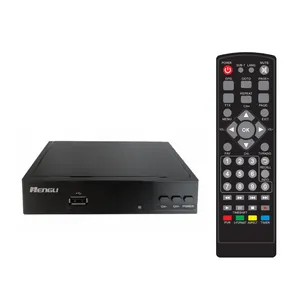




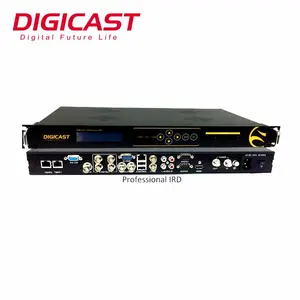

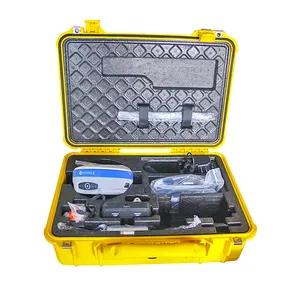


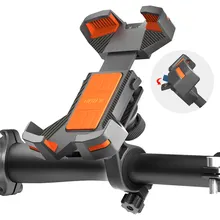




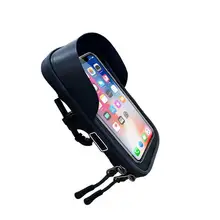


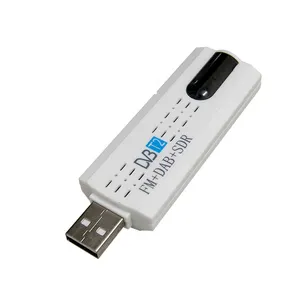
























 浙公网安备 33010002000092号
浙公网安备 33010002000092号 浙B2-20120091-4
浙B2-20120091-4